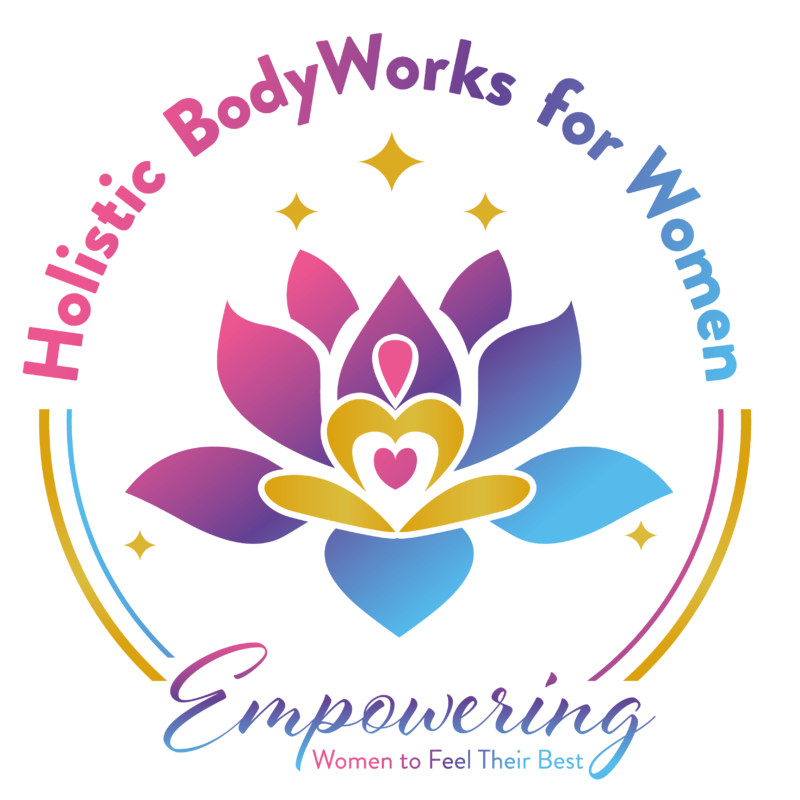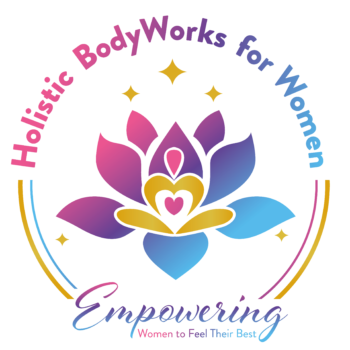Cupping has become a hot topic in recent years with news of models, movie stars, and Olympic athletes using cups to ease aches and pains and enhance health and well-being. But cupping isn’t just for celebrities.
“It can be beneficial for almost anyone,” says Ruth Lehmann, an acupuncturist at Henry Ford Health. “Instead of using medication to achieve a certain outcome, we use cupping to help trigger the body’s own healing mechanisms.”
FAQ: Cupping
Cupping is a form of therapy that originated in China more than 2,000 years ago. It has been used in the West for decades to encourage healing. We asked Lehmann to answer commonly asked questions about this seemingly mystical therapy:
Q: What is cupping?
A: Cupping is almost like a deep tissue massage with suction and decompression. Chinese medical practitioners believe cupping helps keep the body in balance, increases overall blood flow, and reduces pain. Some athletes use this type of therapy to decrease muscle recovery time. It is often used in conjunction with acupuncture or acupressure and Massage Therapy.
Q: How does cupping work?
A: Cupping uses a cup to pull an area of skin into a suction that decompresses muscles and connective tissue. This promotes blood flow to the compromised area, enhances circulation, and helps to increase the body’s own healing processes — almost like a backward deep tissue massage. There are several different types of cups ranging from glass to silicone and bamboo, and there are different ways to use them. Sometimes practitioners will only use one or two cups. Other times, they’ll cover your entire back with cups. Two popular types of cupping: are stationary and sliding (Massage Cupping). Stationary cupping uses suction only, keeping the cups in place for a set time, usually 5 to 10 minutes. Sliding cupping or Massage Cupping is more like a deep tissue massage where the provider moves the cups over the area of pain or concern.
Q: What can I expect during and after a cupping session?
A: Some people love the sensation. Others hate it. In most cases, you will notice some bruise-like skin discolorations around the treated area. Skin discolorations may be pink, red, or sometimes purple or dark brown. The discolorations typically go away within two weeks. You may also notice changes on the surface of the skin. It’s important to take care of yourself after treatment. Stay warm, cover up, drink plenty of water and eat wholesome foods. You should also avoid swimming or showering within three hours of a cupping session.
Q: Which conditions respond to cupping?
A: Practitioners use cupping to treat a wide variety of conditions. They think it’s especially effective at treating pain and muscle aches. Applying cups to specific acupressure points may also help alleviate digestive complaints, skin issues, and respiratory problems.
Q: What are the side effects?
A: Side effects are typically mild and include bruise-like skin discolorations and mild irritation of the treated areas. In rare cases, you may feel lightheaded or nauseous shortly after your session. This may be caused by dehydration or not drinking enough water prior to the session.
Q: Is there anyone who should NOT get cupping?
A: There are a few conditions and situations where cupping is not appropriate. If you’re on high doses of blood thinners, or if you are thin, frail, or have fragile skin, cupping is not appropriate. Similarly, if you have active cancer, skin trauma, or a blood disorder, you should stay away from it until your circumstances change. In any case, always share your medication list and health history with your practitioner before a session.
Cupping Safely
Not everyone has the skills or knowledge to provide cupping. Acupuncturists, massage therapists, physical trainers, and chiropractors may be skilled in the technique. The only way to know whether a provider can do cupping is to ask.
“Unfortunately, there’s no certifying body for cupping,” says Lehmann. “If you’re working with an acupuncturist to treat an imbalance and you feel like you’re not getting better, you might ask if cupping can help.”
Sometimes our bodies need support. Since cupping may help reduce inflammation and enhances circulation, it could be just what your body needs to get back on a path toward wellness. As with any therapy, talk to your doctor before doing a session to ensure it’s appropriate for you.

